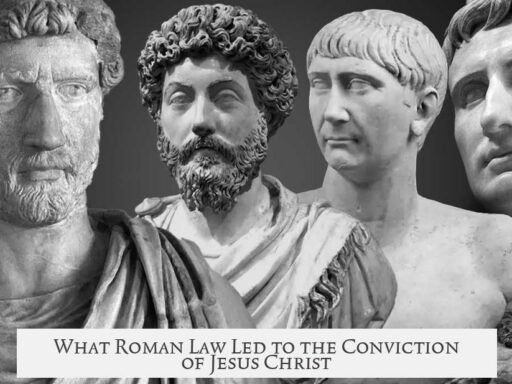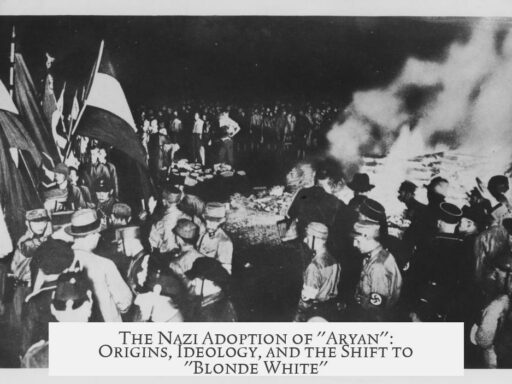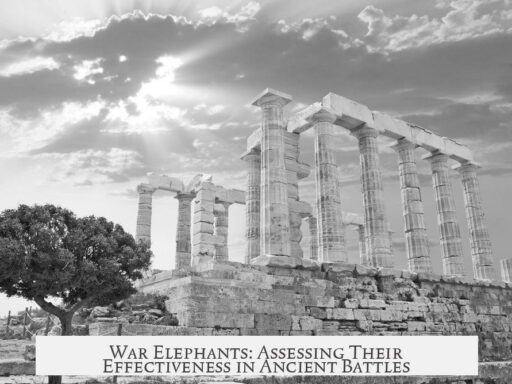King Baldwin IV of Jerusalem was initially buried in the Church of the Holy Sepulchre after his death in 1185. His grave was located at the crossing of the south transept, near the center of the church, alongside other crusader kings. Despite the significance of his reign, detailed contemporary descriptions or images of his tomb do not exist, leaving its exact appearance unknown.
The Church of the Holy Sepulchre, a complex and historically pivotal site, housed Baldwin IV’s tomb among those of other rulers. The tomb was centrally positioned within the church’s structure, in a space referred to as the crossing of the south transept. This location was prestigious, emphasizing his importance. However, no recorded descriptions or depictions of his tomb survive, making it difficult to ascertain its design or ornamentation.
In 1244, the Khwarizmian forces sacked Jerusalem, devastating the city and the church. Both Christian and Muslim historical sources report that the Khwarizmians looted the Church of the Holy Sepulchre, desecrating sacred spaces. They reportedly dug up the royal graves within, scattering or burning the bones found. This event, if fully accurate, would mean that Baldwin IV’s remains were disturbed or destroyed at this time.
Yet, later Christian pilgrims visiting the site in the 13th century often described the tombs as still intact. This discrepancy suggests the possibility that the graves were either not damaged severely or that restoration efforts repaired them after the sack. It is also possible the accounts of destruction were exaggerated by some medieval chroniclers for political or religious reasons.
The graves, regardless of this earlier turmoil, survived for several more centuries. However, over time, neglect took its toll. By the 18th century, the inscriptions on the royal tombs had become unreadable. Damage to inscriptions might have resulted from frequent touching by pilgrims or intentional defacement. The motives behind intentional damage remain unclear, with candidates including Muslim communities or different Christian sects such as the Greek or Armenian churches. The complex religious landscape of Jerusalem during this period contributes to the uncertainty.
A major turning point came with the fire of 1808, which severely damaged the Church of the Holy Sepulchre. Following this disaster, the Greek Orthodox community undertook renovations. In the process, the tombs of the crusader kings, believed to be those of Baldwin IV and others, were removed. The renovation replaced elaborate marble tombs with simpler stone markers. This change sparked tensions; Roman Catholics suspected deliberate destruction by the Greeks. Greek and Russian accounts, however, attribute the loss of the tombs to the fire’s destruction rather than intentional action.
Whether the actual remains of Baldwin IV survived the Khwarizmian sack or the 1808 fire is unknown. It is possible that while the original tombs were destroyed or removed, his body may remain beneath the current church floor. Excavating these remains is exceptionally difficult due to the tombs’ location in the church’s central and highly sacred space. Moreover, the Church of the Holy Sepulchre’s complicated ownership—with sections controlled by Latin Catholic, Greek Orthodox, Armenian Apostolic, and Ethiopian communities—makes archaeological exploration challenging and politically sensitive.
One fragment often discussed in relation to crusader tombs is typically attributed to Baldwin V, Baldwin IV’s successor and nephew. This fragment is better documented, possibly due to its smaller size and more remarkable preservation. Baldwin IV’s tomb, by contrast, lacked distinctive features that attracted the chroniclers’ attention, contributing to the scarcity of records.
Currently, no conclusive evidence confirms the exact fate of Baldwin IV’s remains or tomb. The grave may have been destroyed in the 1244 sack or during the 1808 fire and renovations. Restoration efforts, destruction, or archaeological obstacles make definitive conclusions elusive. The lack of detailed documentation and physical evidence means Baldwin IV’s final resting place remains a historical mystery.
- Baldwin IV was buried in the Church of the Holy Sepulchre’s south transept area in 1185.
- The Khwarizmian sack in 1244 reportedly desecrated the royal tombs but accounts vary.
- Tombs lasted until the 18th century but suffered neglect and inscription damage.
- The 1808 fire and subsequent Greek Orthodox renovations led to the removal of the tombs.
- The remains might still lie beneath the church but excavation is difficult and sensitive.
- No detailed contemporary descriptions or images of Baldwin IV’s tomb survive.
- The fate of his remains is uncertain due to conflicting historical accounts and physical changes to the site over centuries.
What Became of the Remains and Tomb of King Baldwin IV of Jerusalem?

To get straight to the point: King Baldwin IV’s tomb and remains have a murky, disputed history—his final resting place was once inside the Church of the Holy Sepulchre, but between sackings, fires, and renovations, the exact fate of his bones remains uncertain. No sparkling epitaphs or intact royal chests greet us today. Instead, we face the intriguing mystery of a medieval king lost to time under layers of history and conflict.
Let’s dive into the fascinating journey of Baldwin IV’s remains, because history buffs and curious readers alike deserve to know what really happened to one of Jerusalem’s most famous Crusader kings, known famously as the “Leper King.”
The Royal Start: Baldwin IV’s Initial Burial
When Baldwin IV died in the spring of 1185, his burial took place in one of the most hallowed places possible—the Church of the Holy Sepulchre in Jerusalem. This isn’t just any church; it’s a mega-sacred site for Christianity, revered as the supposed location of Jesus’ crucifixion and resurrection.
Baldwin was interred alongside the previous kings of Jerusalem at the crossing of the church’s south transept—a spot roughly in the middle of this oddly-shaped, labyrinthine building. So, rather than a secluded spot fit for secret royals, his tomb was right in the thick of spiritual action.
Interestingly, while we have descriptions and even sketches of some tombs there, Baldwin’s own resting place escapes detailed description. No chronicler thought to grab a sketchpad or write poetic lines about it. Scholars conjecture it was simple, reflecting perhaps his humble or suffering life, but it wasn’t famed for ornate displays.
Enter the Khwarizmian Sack: Chaos in 1244

Fast forward to 1244. The Khwarizmians stormed Jerusalem and looted the Church of the Holy Sepulchre with a vengeance. Contemporary Christian and Muslim sources recount gruesome scenes where graves were disrupted, bones dug up, and scattered or burned indiscriminately.
This brutal episode paints a bleak picture for Baldwin IV’s remains. However, here’s a twist: 13th-century Christian pilgrims visiting afterward still reported intact tombs. Was the destruction exaggerated? Or did quick restoration efforts patch the damage? The truth likely lies somewhere in between.
Five Hundred Years of Survival and Neglect
Whether restored or untouched, Baldwin’s tomb survived another 500 years. But the glory days faded. By the 18th century, neglect took its toll. Inscriptions became unreadable, worn down by unwitting pilgrims touching the stones or maybe by deliberate erasures.
Now, who would damage these marks? Theories swirl, involving various religious groups: Muslims, Greek Orthodox, Armenian Christians—each with their own historical tensions and agendas in Jerusalem. Sadly, the exact culprit remains unclear.
The 1808 Fire and the Tombs’ Final Blow
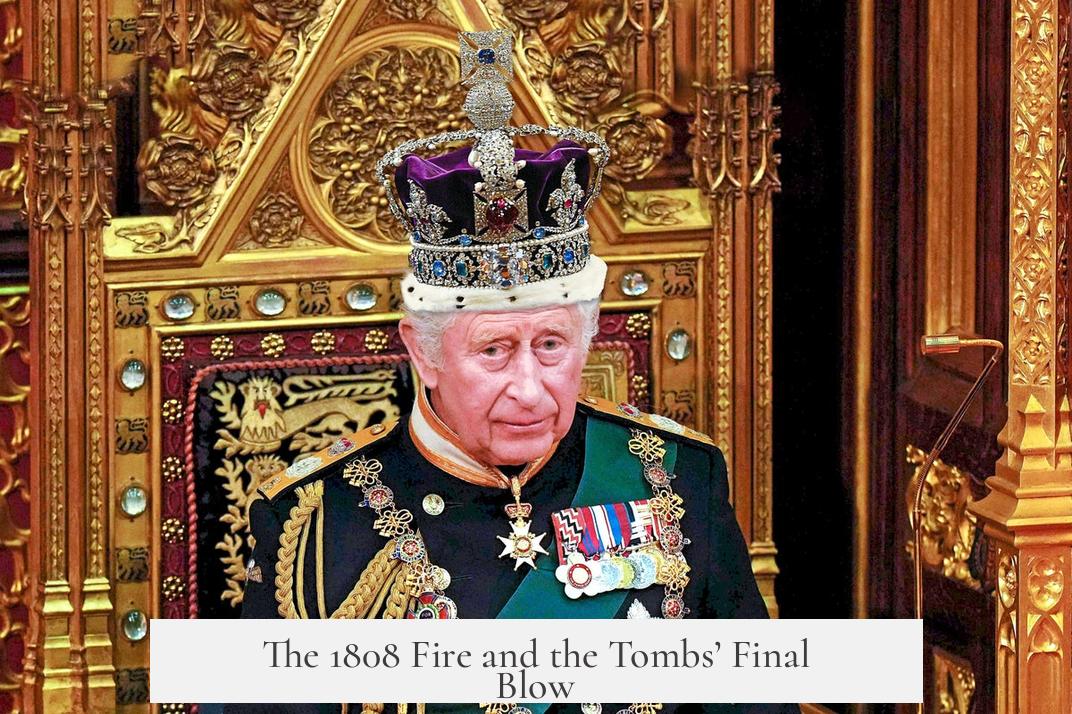
Then came 1808, when a fire forced a major renovation of the church, mainly led by the Greek Orthodox community. This event dealt a final, tangible blow to the Crusader kings’ tombs. The tombs were removed altogether from the church interior.
Romans blamed the Greeks for deliberately destroying the tombs. The Greeks, however, argued that the fire caused the destruction and replaced the elaborately carved marble tombs with simpler stone markers. This cleaner aesthetic didn’t win any popularity contests with the Roman Christians, who saw it as erasing a vital part of Crusader heritage.
Modern Day: Mystery and Archaeological Challenges
Today, whether Baldwin’s bones remain beneath the church floor or were scattered centuries ago is a matter of speculation. Archaeologists sometimes conduct investigations inside the Holy Sepulchre, but excavating royal tombs in a complex sacred site is difficult and sensitive.
The church’s custodianship is divided among Latin Catholics, Greek Orthodox, Armenians, and Ethiopians—each guarding their turf. This makes any intrusive dig politically and religiously delicate. Excavations risk provoking conflict or harming delicate, ancient structures.
A Surviving Fragment: Baldwin V’s Tomb, Not Baldwin IV’s
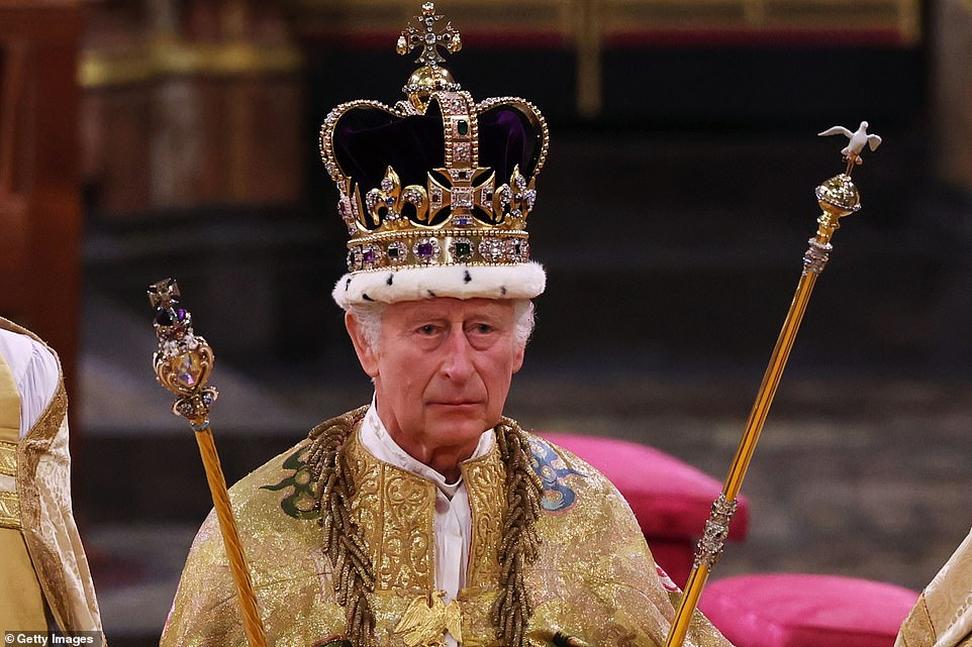
There is an intriguing fragment often discussed in Crusader tomb lore—but it belongs to Baldwin V, Baldwin IV’s nephew and successor, not Baldwin IV himself. Small and distinctive, Baldwin V’s tomb fragment drew more attention simply because it survived longer and was noted more often by pilgrims and scholars.
What Does This All Mean?
To sum up: we know Baldwin IV was buried in a prime spot within the Church of the Holy Sepulchre, but the exact fate of his tomb and remains is shrouded in uncertainty. The tomb may have been desecrated by Khwarizmians in 1244, or destroyed later by fire and church renovations in 1808. Or maybe it was both, in stages.
Have historians found the smoking gun? Nope. Instead, we have a patchwork of testimonies, contradictory reports, and surviving fragments. Baldwin’s tomb wasn’t marked by grandeur, so it didn’t attract the same attention as others. That leaves heroes like him in the shadows of history, challenging us to sift through old tales.
Why Does It Matter?
Understanding Baldwin IV’s tomb story offers more than just a curiosity. It reflects the turbulent history of Jerusalem itself — a crossroads of faiths, wars, and cultures. His tomb’s uncertain fate symbolizes the fragile nature of legacy amid conflict. It invites us to ponder how history is preserved, lost, or reshaped by those who survive.
So, next time you think about the Crusades or the Holy Land, remember Baldwin IV: the king whose courageous story partly fades into the stones beneath a church still sacred to millions, though its secrets remain just out of reach.
Where was King Baldwin IV originally buried?
He was buried in the Church of the Holy Sepulchre, near the south transept crossing, alongside previous kings of Jerusalem.
What happened to Baldwin IV’s tomb during the Khwarizmian sack of Jerusalem in 1244?
The Khwarizmians looted the church and reportedly dug up and scattered the graves, but later pilgrims claimed the tombs remained intact, so the extent of damage is uncertain.
How did the 1808 fire affect the tombs of the Crusader kings?
The fire led to the removal of the original marble tombs during church renovations, replaced with simpler stone markers by the Greek community, though some thought the graves were intentionally destroyed.
Are Baldwin IV’s remains still in the Church of the Holy Sepulchre?
The bodies may still lie there if the Khwarizmians did not destroy them, but excavation is difficult due to the tombs’ central location and complex church ownership.
Is there any physical fragment linked to Baldwin IV’s tomb?
There is a known fragment thought to be part of Baldwin V’s tomb, but no confirmed artifacts or detailed descriptions exist for Baldwin IV’s tomb.


